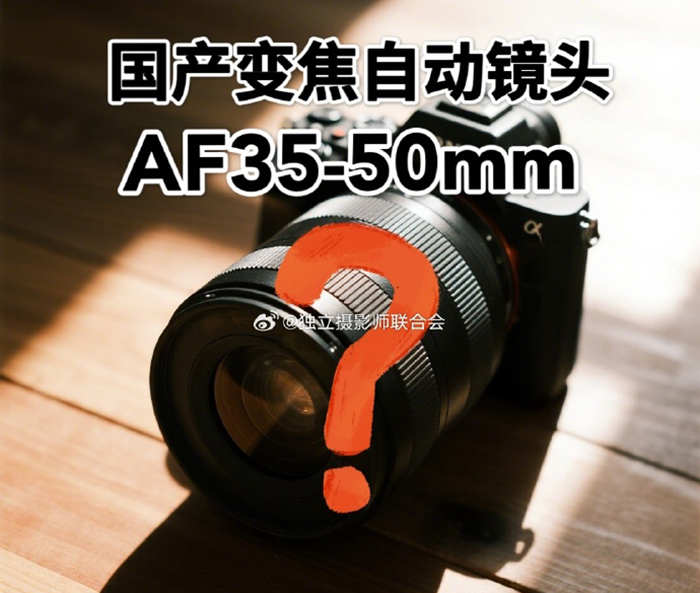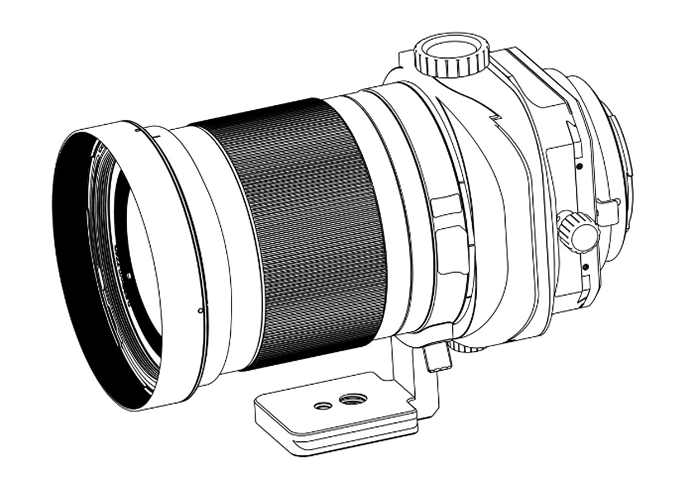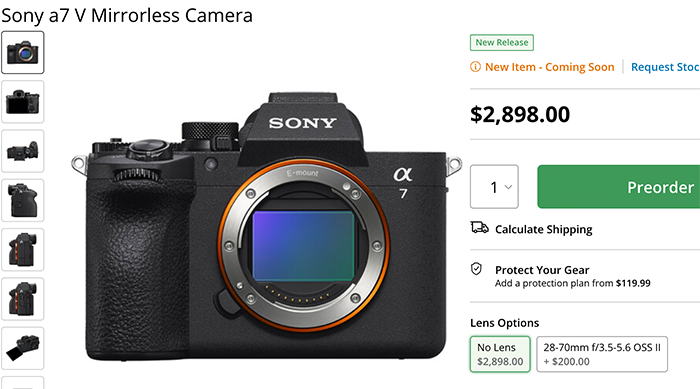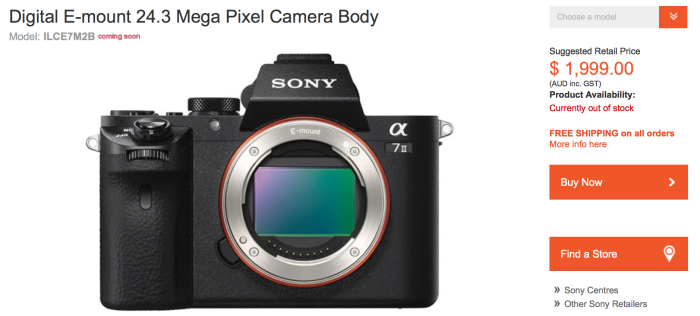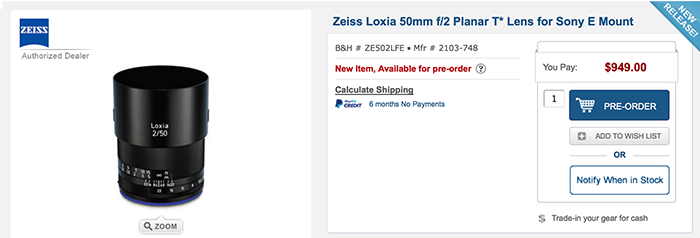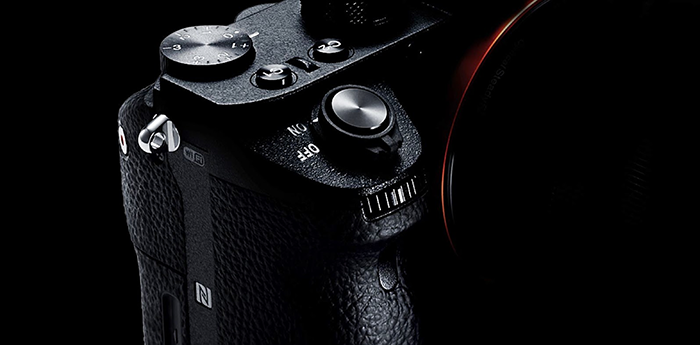New A7II tests: Look how much the sensor moves with the 5 axis stabilization!
Mark Galer posted a second video (watch on top) explaining the A7II Phase Detection and other new Features (Thanks Mark!). And than there is that very cool video:
It shows how much(!) the sensor moves on the 5 axis stabilization. I am really surprised to see this doesn’t crop the image! That’s good news. And now the possible bad news: DSLRmagazine (translation here) tested the 5 axis stabilization on third party lenses. And well they got the “feeling” that on third party manual lenses where you have to manually set the focal length of the stabilization…well only the three axis stabilization works and not the full 5 axis! But keep that with a grain of salt because:
1) They are yet not 100% sure of that
2) Sony may fixes this in the final firmware version?
Can reviewers and testers please ask Sony about this matter? Thanks!
UDPATE: One more little good news: Imaging Resource compared the A7 vs A7II image quality at ISO 3200 and the A7II seems to have a slightly increased sharpness.
More A7II tests:
Spanish hands-on at Xatakafoto (translation here).
DC.view (google translation here) posted some ISO samples with A7II images on left and A7 images on right.
USA preorders:
Sony Alpha a7II (Body Only) for $1,698 at Amazon, BHphoto, Adorama, SonyStore.
Sony Alpha a7II with FE 28-70mm OSS Lens for $1,998 at Amazon, BHphoto, Adorama, SonyStore.
Sony 70-300mm f/4.5-5.6 G SSM II Lens for $1,148 at BHphoto.
EU preorders:
Sony Alpha a7II (Body Only) for 1.799 Euro at Sony Germany, Sony UK, Sony France, Sony Italy, Sony Spain, Sony Austria, Sony Switzerland, Sony Netherland, Sony Belgium, Sony Portugal, Sony Sweden, Sony Finland, Sony Norway.
Sony Alpha a7II with FE 28-70mm OSS Lens for 2.099 Euro at Amazon Germany and at Wex UK. In Finland at Verkkokauppa.
Asian/Australia preordersNote:
Sony A7II at Sony Store Australia (Click here) and Amazon Japan (Click here).
